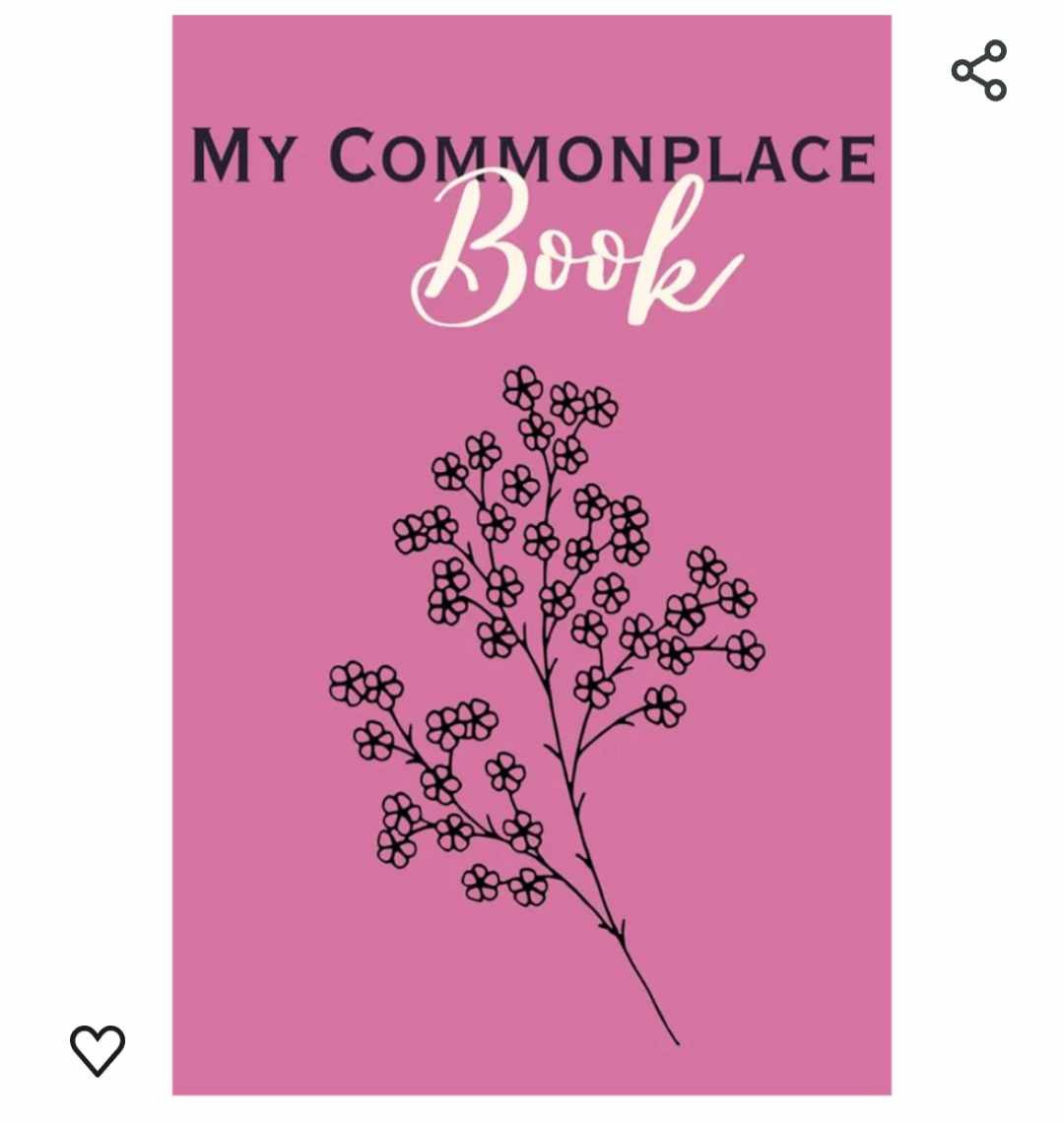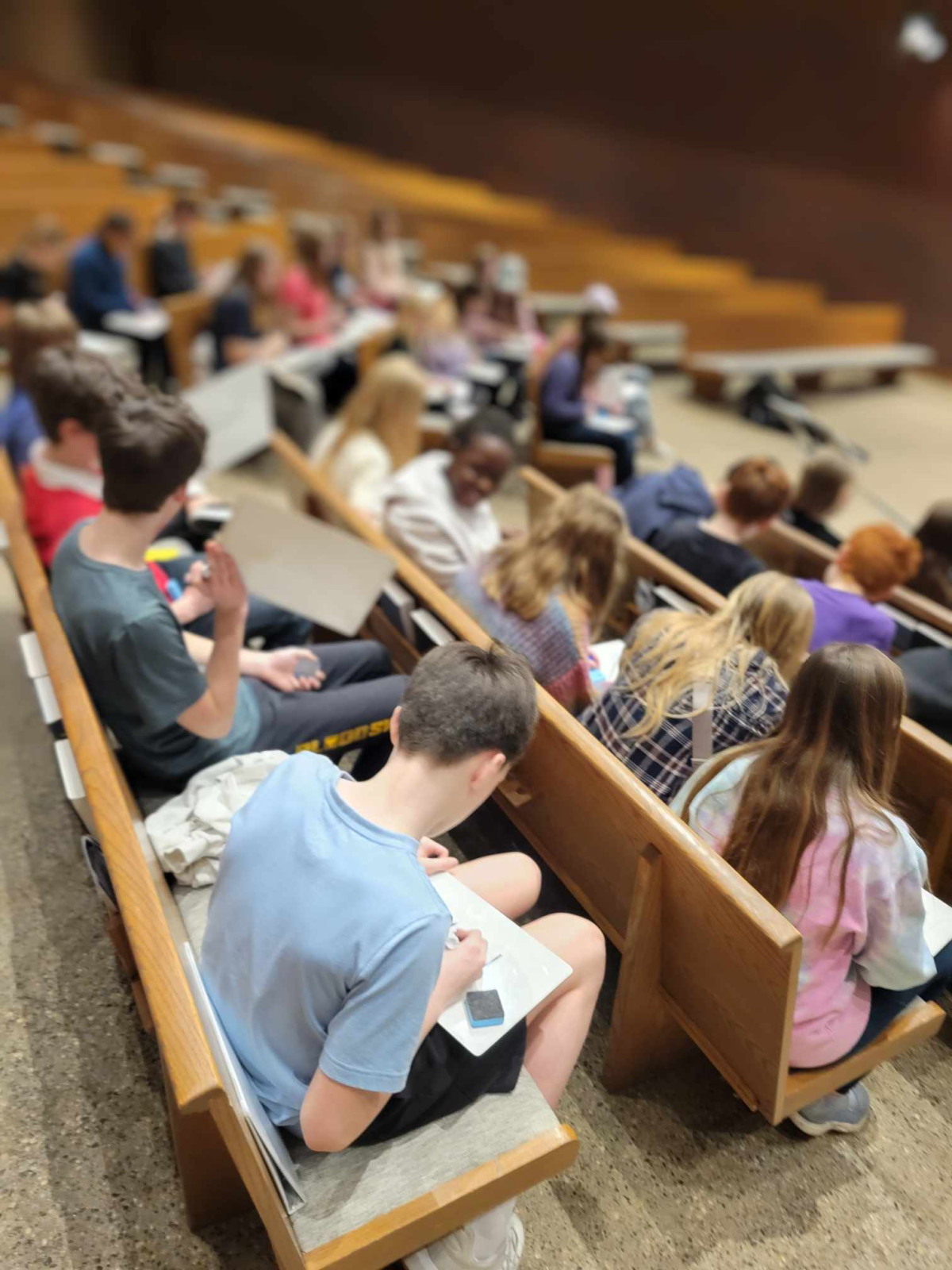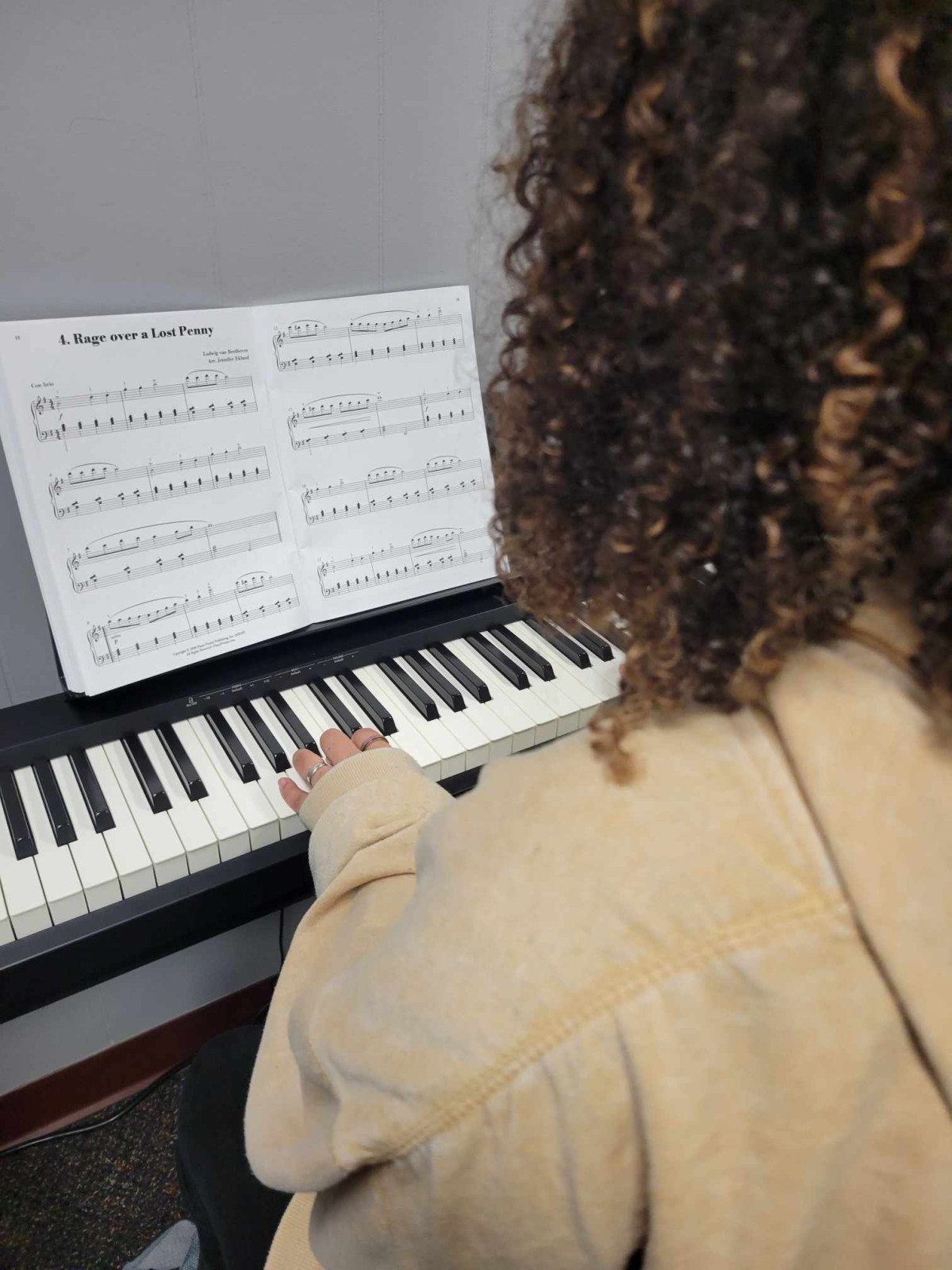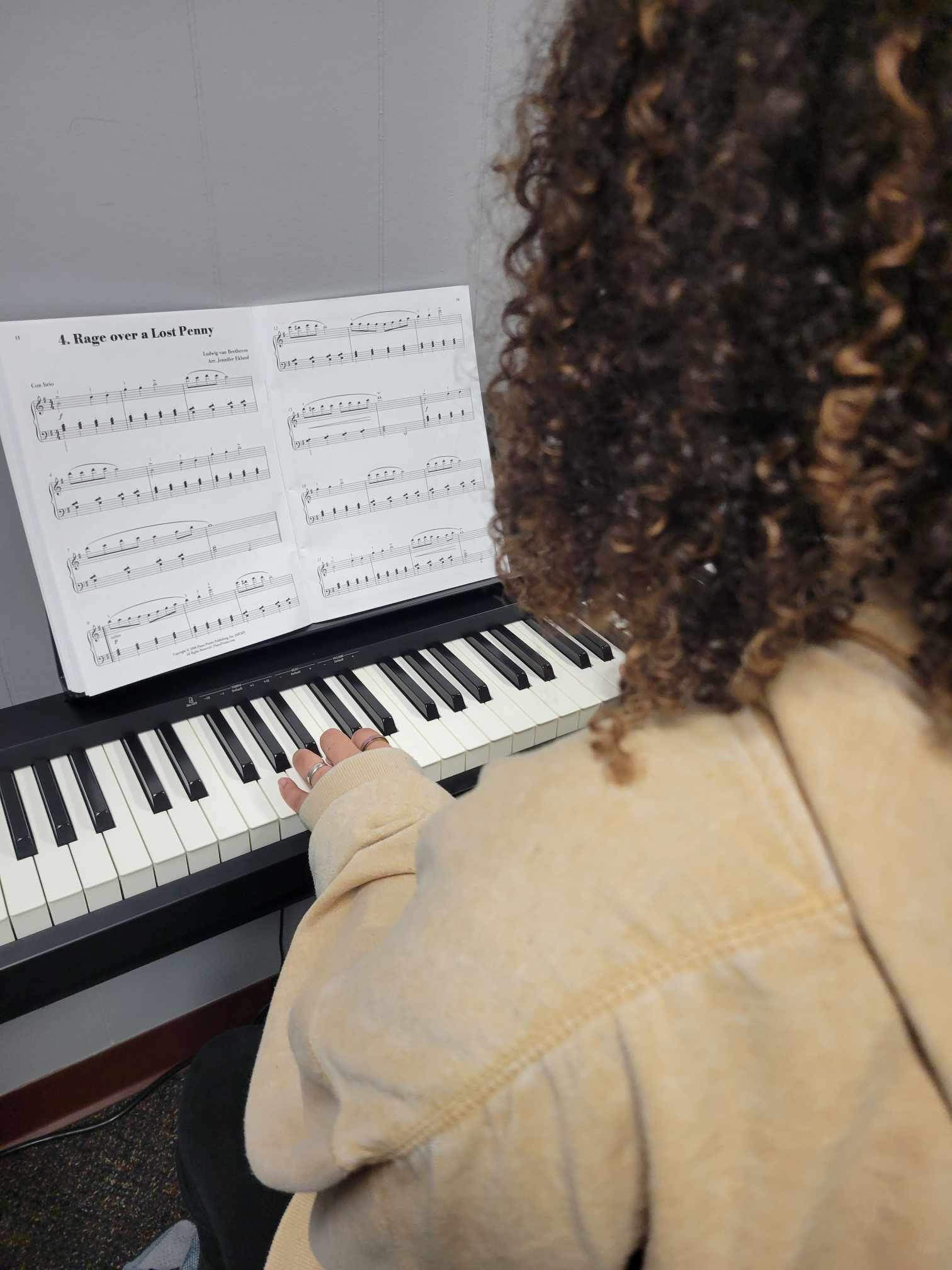

- The song is too low: One of the most frequent reasons I hear people struggle to sing a song is because the recording they are singing with (or they themselves) start singing the song too low. This leads to them not being able to sing the notes accurately because their voice cannot hit those low notes -- this is especially true for children whose voices have not changed yet. I see this allll the time in church kids choirs where the director has picked music that is for adults without taking into account the melody's range for the children's singing needs.Solution: If you find yourself struggling with a song that feels too low, consider transposing it to a higher key that better suits your voice (aka start singing higher! I gave an audio example here). Experiment with different keys until you find one that allows you to sing comfortably without strain. Additionally you can work with a voice teacher (like me!) to increase your range and work on other techniques that will help you sing lower notes if that's a desired skill.
- You aren't using enough air/breath: Breath support is the foundation of good singing technique, yet many beginners underestimate its importance. Insufficient breath support can lead to weak, airy vocals, pitch instability, and an inability to sustain notes effectively. Without proper breath control, even the most talented singers can struggle to reach their full potential.Solution: Focus on developing strong breath support by practicing diaphragmatic breathing exercises regularly. Imagine filling your lower lungs with air as you inhale deeply like through a straw, allowing your lungs to descend and expand. Practice exhaling slowly and steadily (like on an "s" sound), maintaining control over your airflow throughout each phrase. Incorporate breath support exercises into your daily vocal warm-up routine to strengthen your diaphragm and improve your vocal stamina.
- You need to use your ears just as much as your voice: Singing isn't just about producing sound; it's also about listening and adjusting in real-time to stay on pitch and maintain vocal consistency, especially if you're singing with a recording or track or other singers. Many aspiring singers neglect the importance of active listening and rely solely on muscle memory or visual cues, leading to inaccuracies and inconsistencies in their performances.Solution: Train your ear by practicing pitch-matching exercises and listening to a variety of music genres attentively. Pay close attention to pitch, tone, and phrasing, and strive to replicate what you hear accurately. Sing along with recordings of professional singers, focusing on matching their pitch and expression. Over time, your ear will become more attuned to nuances in pitch and tone, allowing you to sing with greater accuracy and confidence.


- Cultivating Intellectual Curiosity: A commonplace book inspires children to actively engage with the material they encounter versus being a passive learner. By transcribing passages and quotes that captivate their interest, they delve deeper into subjects, fostering a profound understanding and sparking a thirst for further exploration while also working on handwriting (if you so desire).
- Enhancing Learning and Retention: Studies have shown that the act of writing by hand enhances memory and comprehension. As our children summarize, paraphrase, and synthesize information in their commonplace books, they reinforce their learning and internalize key insights more effectively, seeing connections between different authors, ideas, and concepts.
- Fostering Creativity and Inspiration: Commonplace books serve as a wellspring of inspiration for young writers, artists, and thinkers. By capturing snippets of prose, poetry, and ideas that resonate with them, our children cultivate a reservoir of creativity to draw upon in their own creative pursuits.
- Promoting Reflection and Growth: Regularly revisiting their commonplace books allows our children to reflect on past experiences, insights, and lessons learned. It provides a space for self-discovery and personal growth as they glean new perspectives and wisdom from their collected entries.
- Building a Personal Legacy: Over time, our children's commonplace books become a reflection of their intellectual journey and worldview as they grow and learn. They can serve as a legacy for future generations, offering glimpses into their thoughts, interests, and values.
- Choosing a Format: Whether it's a physical notebook, a digital document, or an online platform, our children can select a format that resonates with their preferences and learning styles. Here are a few I created, but any notebook or artpad will do: Foliage version, floral version, and music version.
- Gathering Materials: Encourage them to collect pens (I love these), pencils, highlighters, and other tools (even stickers!) to personalize their commonplace books and make the process enjoyable -- encourage that creativity!
- Capturing Ideas: As they read, listen, or engage with new material, prompt them to draw or jot down passages, quotes, and insights that speak to them. Emphasize the importance of including the source (title/author and page number) and any relevant context to facilitate future reference should they want to reference it again later.
- Organizing and Reflecting: Guide them in periodically reviewing and organizing their entries, perhaps categorizing them by theme, subject, or relevance if the type of journal or notebook you chose allows for that. Encourage them to reflect on the connections and patterns that emerge, fostering a deeper understanding of their learning and the world around them.
- Sharing and Connecting: Consider facilitating discussions around excerpts from their commonplace books or encouraging them to share their insights with like-minded peers. Commonplace books provide a rich source of conversation and connection, fostering a sense of community and intellectual exploration.

- Difficulty in Time Perception: Work-from-home moms may find themselves losing track of time while engrossed in tasks, leading to underestimation or overestimation of how long activities take (I struggle with thinking things will take less time than they do and not breaking projects down into small enough manageable tasks!).
- Procrastination and Pacing: Tasks may be delayed or rushed due to an inability to gauge how much time is available, resulting in last-minute scrambles to meet deadlines.
- Time Fragmentation: Interruptions from family responsibilities, household chores, and work obligations can fragment the day, making it challenging to maintain focus and productivity.
- Neglecting Self-Care: Time blindness can also impact self-care routines, as moms may struggle to find time for exercise, relaxation, or hobbies amidst their busy schedules.
- Create a Structured Schedule: Establishing a daily routine with set work hours, dedicated breaks, and time blocks for household tasks can provide a sense of structure and help combat time blindness. Time blocking has really helped me here!
- Use Time Management Tools: Utilize calendars, planners, or digital apps to schedule tasks, set reminders, and track progress. Time-tracking apps can also help in gaining awareness of how time is spent throughout the day. I utilize my Google Calendar to keep me on track throughout the day and to keep my week organized as each week looks different with my variety of work tasks!
- Prioritize Tasks: Identify the most important tasks for each day and allocate time accordingly. Break larger projects into smaller, manageable tasks to prevent overwhelm and facilitate better time estimation.
- Set Boundaries: Communicate boundaries with family members, colleagues, and clients regarding work hours and availability. Establishing designated workspaces can also signal to others when you are engaged in work.
- Practice Mindfulness: Incorporate mindfulness techniques such as meditation or deep breathing exercises to improve focus, reduce stress, and enhance time awareness. I learned some great ways to keep my mind on track to reach my goals from Big Think!
- Delegate and Outsource: Recognize when tasks can be delegated to others or outsourced to free up time for more critical priorities.
- Regular Breaks: Incorporate regular breaks into the schedule to rest and recharge, preventing burnout and maintaining productivity levels.
- Know Yourself and Work With Your Strengths: If you know you are most productive on brain-heavy work before noon, schedule to do those more creative and challenging tasks then and save the more light or mundane tasks for later in the day when your brain is tired and less productive. Same goes for if you're a night owl -- do your less brain-heavy tasks earlier in the day and plan your work time in the evening for when your brain is most alert and productive. You will finish tasks so much more efficiently if you can schedule then when you are most productive.
Time blindness can present significant challenges for anyone, but especially work-from-home moms who often have less distraction-free time to work and more schedule moving pieces to juggle than your average person. With awareness and effective strategies, it can be managed successfully. By implementing structured routines, utilizing time management tools, and prioritizing tasks, moms can reclaim control over their time and achieve a better balance between work and family life. Remember, managing time blindness is a journey, and small, consistent efforts can lead to significant improvements in productivity, well-being, and overall satisfaction. Give yourself grace as you learn new skills and celebrate the victories!


- Enhanced Focus: By allocating dedicated blocks of time for tasks like lesson planning, teaching, and administrative work, you can minimize distractions and maintain focus on the task at hand. Less distraction means more done in less time!
- Improved Productivity: Time blocking allows you to prioritize important tasks and allocate sufficient time to complete them effectively, resulting in increased productivity and efficiency. This feels good!
- Better Work-Life Balance: By scheduling specific blocks of time for work-related tasks and personal activities, you can create a more balanced schedule that allows for adequate time for rest, relaxation, and family commitments. I get so much done in dedicated 15-30 minute blocks of time!
- Reduced Stress: With a structured schedule in place, you can alleviate the stress and anxiety that often comes from feeling overwhelmed by a long list of tasks and responsibilities. The flexibility of this approach allows you not to work too long or too much as well.
- Identify Your Priorities: Start by identifying the most important tasks and activities in your day-to-day life as a music teacher. This may include lesson planning, teaching sessions, administrative work, personal practice time, and leisure activities.
- Allocate Time Blocks: Divide your day into blocks of time, with each block dedicated to a specific task or activity. Be realistic about the time needed for each task, and don't forget to include buffer time for unexpected interruptions or transitions between activities. Make sure you dedicate the time blocks where you are most alert and awake and inspired for the more challenging, brain-heavy tasks!
- Stick to Your Schedule: Once you've established your time blocks, commit to sticking to your schedule as much as possible. Avoid the temptation to multitask or deviate from your plan, and instead focus on completing each task within its designated time frame. Set a timer and turn your phone to airplane mode for minimal distractions!
- Review and Adjust: Periodically review your time blocking schedule to assess its effectiveness and make any necessary adjustments. Be flexible and willing to adapt your schedule as needed to accommodate changes in workload or priorities or family obligations.
- Use Tools and Resources: Utilize tools such as digital calendars, scheduling apps, or traditional planners to help you organize and visualize your time blocking schedule. Experiment with different methods until you find the approach that works best for you. I use Google Calendar and the tasks feature to organize my time effectively.
Time blocking can be a valuable tool for music teachers seeking to manage their time more effectively and increase their productivity. By allocating dedicated blocks of time for different tasks and activities and projects, you can enhance focus, productivity, and work-life balance. Whether you're scheduling teaching sessions, lesson planning, or personal practice time, incorporating time blocking into your routine can help you make the most of your time and achieve your goals as a music educator without feeling burnt out.

Ingredients:
- Milk (any variety - whole milk will yield the creamiest results, but you can also use skim or low-fat milk)
- Yogurt starter culture (either store-bought plain yogurt with live active cultures or a powdered starter, I linked my favorite and now I just save a little from each batch for the next batch! We LOVE the flavor from this one.)
- Optional flavorings (such as vanilla extract -- I make my own!, local honey, or fruit)
Equipment:
- Saucepan
- Thermometer
- Whisk or spoon
- Insulated container (such as a thermos or a yogurt maker)
- Clean kitchen towel or blanket
Instructions:
- Heat the Milk: Pour your desired amount of milk into a saucepan and heat it over medium heat until it reaches around 180°F (82°C). This helps to kill off any unwanted bacteria and denature the proteins in the milk, resulting in a smoother texture.
- Cool the Milk: Allow the milk to cool to around 110°F (43°C). This is the optimal temperature for the yogurt cultures to thrive. You can speed up the cooling process by placing the saucepan in a cold water bath.
- Add the Starter: Once the milk has cooled, whisk in your yogurt starter culture -- I like to use my frother for this part! If you're using store-bought yogurt as your starter, aim for about 2-3 tablespoons per quart of milk. If you're using a powdered starter, follow the package instructions for the appropriate amount.
- Incubate the Yogurt: Transfer the milk mixture into your insulated container. This could be a thermos, an instant pot, a yogurt maker, or simply a glass jar wrapped in a kitchen towel or blanket to retain warmth. Keep the container in a warm place (ideally around 100-110°F or 38-43°C) for 6-24 hours (We prefer longer!), allowing the yogurt cultures to ferment and thicken the mixture.
- Check for Doneness: After the incubation period, check the yogurt for desired thickness. If it's too runny, you can let it incubate for a bit longer and/or strain out some of the whey to increase thickness. If it's thickened to your liking, transfer it to the refrigerator to chill for a few hours before enjoying. I like to blend it after removing some of the whey for the smooth creamy texture.
- Optional Flavorings: Once chilled, you can customize your yogurt with flavorings of your choice. Stir in a splash of vanilla extract, a drizzle of honey, or swirl in some fruit preserves for a delightful burst of flavor.
Alternate Instant Pot Method (my preference):
Ingredients:
- Milk (any variety -- raw, store bought, whole preferred)
- Yogurt starter culture (store-bought plain yogurt with live active cultures or powdered starter)
Equipment:
- Instant Pot
- Thermometer
- Whisk or spoon
- Clean kitchen towel or blanket
Instructions:
- Prepare the Instant Pot: Start by ensuring your Instant Pot is clean and sanitized. Pour a cup of water into the Instant Pot insert and set it to "Pressure Cook" mode for 1 minute. Once done, carefully release the pressure and discard the water. This step helps sterilize the Instant Pot.
- Pour Milk Into the Instant Pot: Pour your desired amount of milk directly into the Instant Pot insert. I usually use a quart of milk for us for 5-7 days of yogurt (but we also don't eat it daily and only have 3 in our family so far).
- Add the Starter: Whisk in your yogurt starter culture. If you're using store-bought yogurt as your starter or saved yogurt from your last batch, aim for about 2-3 tablespoons per quart of milk. If you're using a powdered starter, follow the package instructions for the appropriate amount.
- Mix Well: Stir the milk and starter together until well combined. I like to use my frother for this!
- Incubate the Yogurt: Place the Instant Pot lid on, ensuring it's in the sealing position. Set the Instant Pot to the "Yogurt" setting. Depending on your Instant Pot model, you may need to adjust the settings to "Normal" or "Custom" for a longer fermentation time. Typically, yogurt is incubated for 8-24 hours (we prefer longer), but you can adjust the time according to your desired tartness and thickness.
- Check for Doneness: After the incubation period, check the yogurt for desired thickness. If it's too runny, you can let it incubate for a bit longer and/or strain out some of the whey with a cheesecloth if you'd like it thicker. If it's thickened to your liking, transfer it to the refrigerator to chill for a few hours before enjoying.
- Optional Flavorings: Once chilled, you can customize your yogurt with flavorings of your choice. Stir in a splash of vanilla extract, a drizzle of honey, or swirl in some fruit preserves for a delightful burst of flavor.


- Set Clear Goals: Begin by defining your musical objectives and the milestones you aim to achieve. Whether it's mastering a challenging technique, learning new repertoire or a new instrument, or honing your improvisational skills, clarity in your goals will guide your efforts and help you stay focused amidst the busy-ness.
- Establish Boundaries: While teaching and family commitments come first, it's essential to delineate boundaries to safeguard time for personal musical pursuits so that we don't become musically stagnant. Communicate your needs to your students and loved ones, setting realistic expectations and carving out dedicated time for practice or time with an ensemble.
- Create a Flexible Schedule: Acknowledge that different seasons may afford varying amounts of time for personal musical endeavors. Design a flexible schedule that adapts to the demands of teaching and family life, allocating resources accordingly. During busier periods, focus on maintaining consistency in practice habits, while in quieter seasons, seize the opportunity to delve deeper!
- Practice with Purpose: Maximize the efficiency of your practice sessions by prioritizing quality over quantity. Identify specific areas for improvement and tailor your practice routine accordingly. Embrace focused repetition, targeted exercises, and use your goals to establish priorities that make the most of your available time.
- Embrace the Power of Reflection: Use downtime between teaching engagements and family responsibilities to reflect on your musical skills. Evaluate your progress, identify areas of growth, and strategize ways to overcome challenges. Cultivate a mindset of continuous improvement, seeking opportunities for learning and development in every season.
- Seek Support and Accountability: Surround yourself with a supportive network of fellow musicians, mentors, and loved ones who understand and respect your commitments. Lean on them for encouragement, advice, and accountability as you navigate the complexities of balancing teaching, family life, and personal musical growth.

Do you struggle with TMJ pain? Or do you love someone who does? How does it take a toll on you emotionally?












